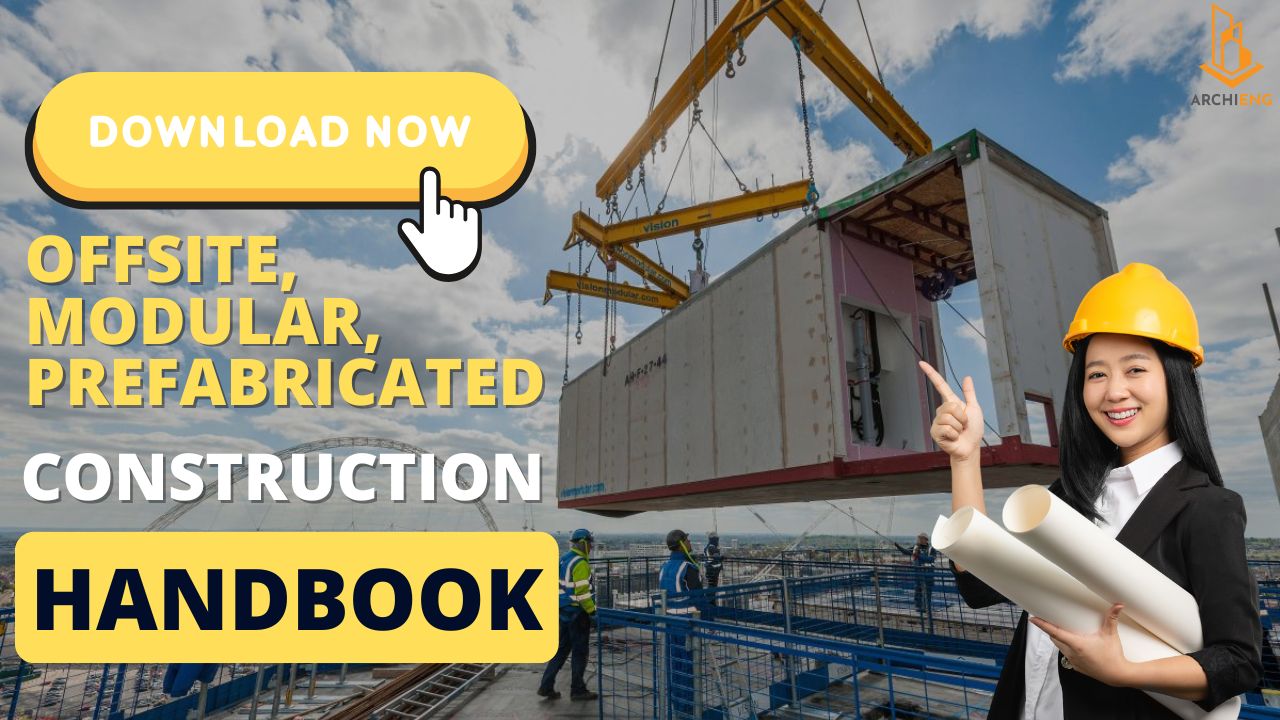How to achieve compliance with AS1170.4 Section 8
.png)
Seismic compliance refers to the use of approved systems and designs that meet the seismic design requirements of a building project to provide life safety to occupants and maintain building function during and after an earthquake. Non-structural components often represent a high percentage of a project’s capital investment. Failure of these components in an earthquake has the potential to cause harm, block egress and impede rescue efforts, and can disrupt the building’s function. The basic objectives of seismic design for non-structural components are to provide life safety, minimise property loss and prevent functional loss.
In most cases, the following factors are required to establish the earthquake load and subsequent design:
- Soil condition/class
- Building construction materials
- Building usage
- Building importance
- Geographic location
- Location to fault lines (known) and hazard Z factor
- Weight of the ceiling
- Height of the ceiling from ground level
- Size of the ceiling
- Seismic Drift
By analysing these criteria for a construction project in conjunction with Australian standards AS1170.4, the seismic force is established, and from that the design requirements for the interior walls and suspended ceiling(s). This is typically done by the project’s structural engineer, but may require the involvement of qualified engineers more familiar with seismic design.
In ArchiEng, we work with design and engineering professionals to establish project specific, cost effective seismic solutions for wall and ceilings, and specialises in the following Rondo systems that aid seismic design.
Rondo Seismic Wall & Ceiling Systems
Rondo have developed industry-leading Seismic Wall and Ceiling Systems that cover their Steel Stud Drywall Framing System as well as DUO and KEY-LOCK Ceiling Systems.
Every component has been tried and tested at Rondo and at an independent laboratory in New Zealand by their Seismic research team.
The Rondo Steel Stud Seismic Wall System is designed to allow movement along the wall and provide flexibility at wall junctions due to deflection occurring from a seismic event.
To allow movement along the stud wall, Rondo has developed the Seismic Slotted Deflection Head Track. The head track fixing slots allow movement of the wall, therefore providing articulation of the wall panel, and preventing cracking at the wall junctions.

ADVANTAGES OF RONDO SEISMIC WALL & CEILING SYSTEMS:
- Complete wall and ceiling seismic system solution
- Strong enough to resist lateral forces during an earthquake
- Will limit the structural damage of the systems
- Accommodates differential movements resulting from inter-storey movements
- Prevent tiles and lining boards from dislodging and blocking evacuation paths
- Will support critical services after an earthquake
- Protects the safety of all building occupants
Their KEY-LOCK® Concealed Plasterboard Seismic Ceiling System uses Top Cross Rail and Furring Channel as the main grid components, along with accessories such as our new Heavy Duty Wall Track.
Depending on the room size and seismic loads, they will design either a perimeter fixing or plenum bracing option for your project.
Seismic forces are transferred to either perimeter restraints or plenum braces, which is achieved using their two new Seismic Joiners for Top Cross Rail and Furring Channel.
For large open areas, the KEY-LOCK Seismic Ceiling System is braced, with sliding connections to all perimeters. This allows seismic loads to be transferred from the ceiling and through the braces, to the supporting structure.

Their DUO® Seismic Ceiling System uses DUO1 Main Tee and Cross Tees as the main grid components, along with complementary accessories.
The Rondo DUO Seismic Ceiling System has the options of perimeter fixing or plenum bracing.
For large open areas, the system is restrained by evenly distributed braces in the plenum space, with sliding connections to all perimeters. Perimeter restraint is achieved using our new DUO® Seismic Sliding Clip which allows the main grid components to either be rigidly connected or slide within the clip.

Rondo Australia Rondo Ceiling Systems Rondo Steel Stud Systems Rondo Wall Systems Rondo Furring Channel Rondo Cornice Rondo Drywall Systems Rondo Suspended Ceiling Rondo Steel Stud Rondo Metal Stud Rondo Plasterboard Rondo Ceiling Grid Rondo Acoustic Systems Rondo Partition Systems Rondo Bulkhead Rondo Metal Ceiling Rondo Track Rondo Batten Rondo Trim Rondo Wall Framing Rondo Suspended Grid Rondo Fire Rated Systems Rondo Metal Framing Rondo Ceiling Tiles Rondo Drywall Grid Rondo Steel Framing Rondo Acoustic Ceiling Rondo Ceiling Suspension Rondo External Wall Systems Rondo Steel Wall Framing Rondo Plasterboard Ceiling Rondo Ceiling Panels Rondo Access Panel Rondo Ceiling Hanger Rondo Ceiling Tiles Price Rondo Metal Stud Wall Rondo Ceiling Batten Rondo Seismic Wall Systems Rondo Steel Ceiling Grid Rondo Suspended Ceiling Grid Rondo Sound Rated Wall Systems Rondo Plasterboard Wall Rondo Drywall Stud Rondo External Wall Framing Rondo Metal Ceiling Grid Rondo Wall Bracing Rondo Drywall Ceiling Rondo Steel Stud Price Rondo Ceiling Grid Price Rondo Metal Stud Price


.png)
.png)




.jpg)


.png)

.png)







.png)

.png)



.png)
.png)





.png)



.png)


.png)

.png)
.png)
.png)
.png)

.png)




.png)






.png)

.png)
.png)
.png)
.png)
.png)
.png)
.png)
.png)
.png)
.png)
.png)












